Go big or go home.
That was the message the newest Federal Reserve Board governor shared at his first Federal Open Market Committee meeting this week.
Less than 48 hours before the historic Sept. 17 meeting, Stephen Miran was sworn into the role, which was roiled by partisan politics, a slumping labor market, and sticky tariff inflation.
Miran dissented from the other 11 members of the FOMC who voted for a quarter percentage point cut to the benchmark Federal Funds Rate, which sets the tone for short-term borrowing.
Miran’s lone dissent sought a jumbo rate cut
Miran voted for a half-point cut, keeping in line with President Donald Trump’s demand for a cut of three percentage points.
Trump remains Miran’s boss as the economist declined to resign from the Council of Economic Advisors when he took the temporary role as board governor for a term that ends Jan. 31.
That move and other White House activities sparked waves of concern and uncertainty among Fed watchers, traders, and economists worldwide about the independence of the world’s largest central bank.
Fed’s SEP forecasts future interest rate cuts
With Miran’s debut, the Fed delivered a historic interest-rate cut to ease a worsening jobs crisis. This move could lower mortgage, auto loan, and credit card borrowing costs even as inflation and political turmoil raise new risks.
The Fed also released its quarterly Summary of Economic Projections (SEP) and its dot plot which shows what Fed officials expect to happen with key economic indicators including interest rates, inflation, employment and growth in the future.
Related: Jobs crisis drives Fed to historic interest-rate vote as inflation rises
It displays the Fed’s internal and anonymous expectations for future rate hikes or cuts.
Nine Fed officials forecast two additional interest-rate cuts this year with seven members forecasting one or none in 2025.
Powell discusses balance of dual mandate moving forward
Fed Chair Jerome Powell said the central bank remains “squarely focused” on balancing the risks to the economy from sticky inflation and softening employment growth in line with its dual mandate of stable prices and full employment.
Powell said the Fed is “well positioned” to respond to economic developments, and will consider future actions on a “meeting by meeting” basis.
“Labor demand has softened, and the recent pace of job creation appears to be running below the break-even rate needed to hold the unemployment rate constant,” Powell told reporters.
“I can no longer say” that the labor market is “very solid,” Powell said at the press conference.
J.P. Morgan speaks out on Fed interest-rate cut
Elyse Ausenbaugh, head of investment strategy at J.P. Morgan Wealth Management, said the shifts in the dot plot were interesting, noting:
“I think today was a job well done by the Fed in terms of delivering a cut with prudence, not panic,” Ausenbaugh added. “If you still needed evidence of the Fed’s shift in focus towards the labor market, their summary of economic projections delivered it.”
Furthermore, she said, “The combination of upward revisions to growth and inflation projections, alongside expectations for more rate cuts, seems to signal confidence in their ability to deliver support; it’s not too late for investors to dust off their ‘rate-cutting playbook’ and make adjustments to portfolios. We think the cuts will help keep the U.S. economy out of a recession and maybe even support a modest reacceleration next year.”
She urged investors to:
- Reassess cash positions exposed to reinvestment risk;
- Consider either extending duration or even moving into equities.
The next FOMC meeting is Oct. 29.
The widely watched CME Group FedWatch Tool expects a likelihood of quarter-point cut at 87.7% and a hold at 4.00% to 4.25% at 12.3%.



